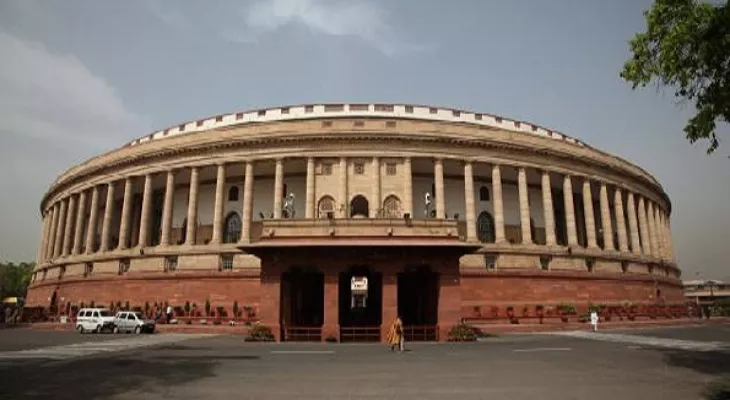From Mahakal temple to Indore road, social media-obsessed youngsters risk trouble

Bhopal, Oct 29: Earlier this month, two young women in Madhya Pradesh’s Indore district attracted strong public reactions for dancing to Bollywood music on the premises of Mahakaleshwar temple to shoot videos for their Instagram accounts.
Following a public outrage, the state administration ordered a probe into the matter and directed registration of a case against them.
This is not one odd instance but a closer examination illustrates how the youth is obsessed with social media and can go to any extent to get their share of the social media fame.
Another instance of this madness came to the fore recently, when three teenage boys risked their life while filming a tiger from a close range while it was crossing a road in some forest area.
After the video went viral on social media, Indian Forest Service (IFS) officer Susanta Nanda tweeted the video advising that, “Remember that if you see a large carnivore, it wants you to see it. It never wanted to be chased. The tiger can maul you to death feeling threatened. Please don’t resort to this weird behaviour.”
In an era of technology where social media has become like an integral part of our life, reports suggest that teens and youngsters are said to be the most impacted with its excessive use, which is putting their lives at risk.
Several such incidents have been reported in Madhya Pradesh alone when youngsters have found themselves in trouble due to excessive use of social media, especially while shooting videos for their social media accounts.
For instance, a young woman was filmed running across the road to dance at a busy intersection in Indore last year. Later, the stunt performed for an Instagram video, landed her in trouble with the police charging her for violating traffic rules. The woman was identified as Shreya Kalra, who had shared the video on her Instagram account.
According to Indore-based lifestyle coach Priyanka Tiwari, the teens and youngsters are more involved in social media, which has become the root cause of several other problems.
“Major lifestyle problems take root in teenagers and youngsters, who are under 35-year-old,” she said.
Tiwari, who often organises her show in this particular subject, was of the view that one should realise how bad habits are being rewarded, for instance, through the number of likes one gets on social media. “If you have a bad habit, it is because you feel that you are being rewarded for it in some way or the other. All our energy and passion are focused on social media, which results in many psychological and physical problems.”
Nivedita Sharma, who is a member of the Child Welfare Committee in Madhya Pradesh and has worked several years in counselling of children at government-run child care homes, said the government or the institution can only put certain guidelines on any issue, but the parents’ role is very crucial.
Sharing an example of a teenage girl whom she counselled at a child care home in Bhopal a few years back, Sharma said, “The girl was hardly 12-13 years and was so obsessed with social media that she even started uploading her nude photographs on her social media account. Her mother brought her to the child care home. While counselling the young girl, it was found that she had reached this stage as she followed the lifestyle of her mother.
It is not possible to restrict children from using social media accounts but the parents should keep a close watch on children’s activities on it.
“Parents want to provide all comforts to their children, but sometimes they avoid checking how their children are using social media platforms. So, I think parents and school teachers have a major role to play in this particular issue. Without their cooperation, no rules, restrictions or advisories issued by the experts or the government organisations would work,” Sharma told IANS.





